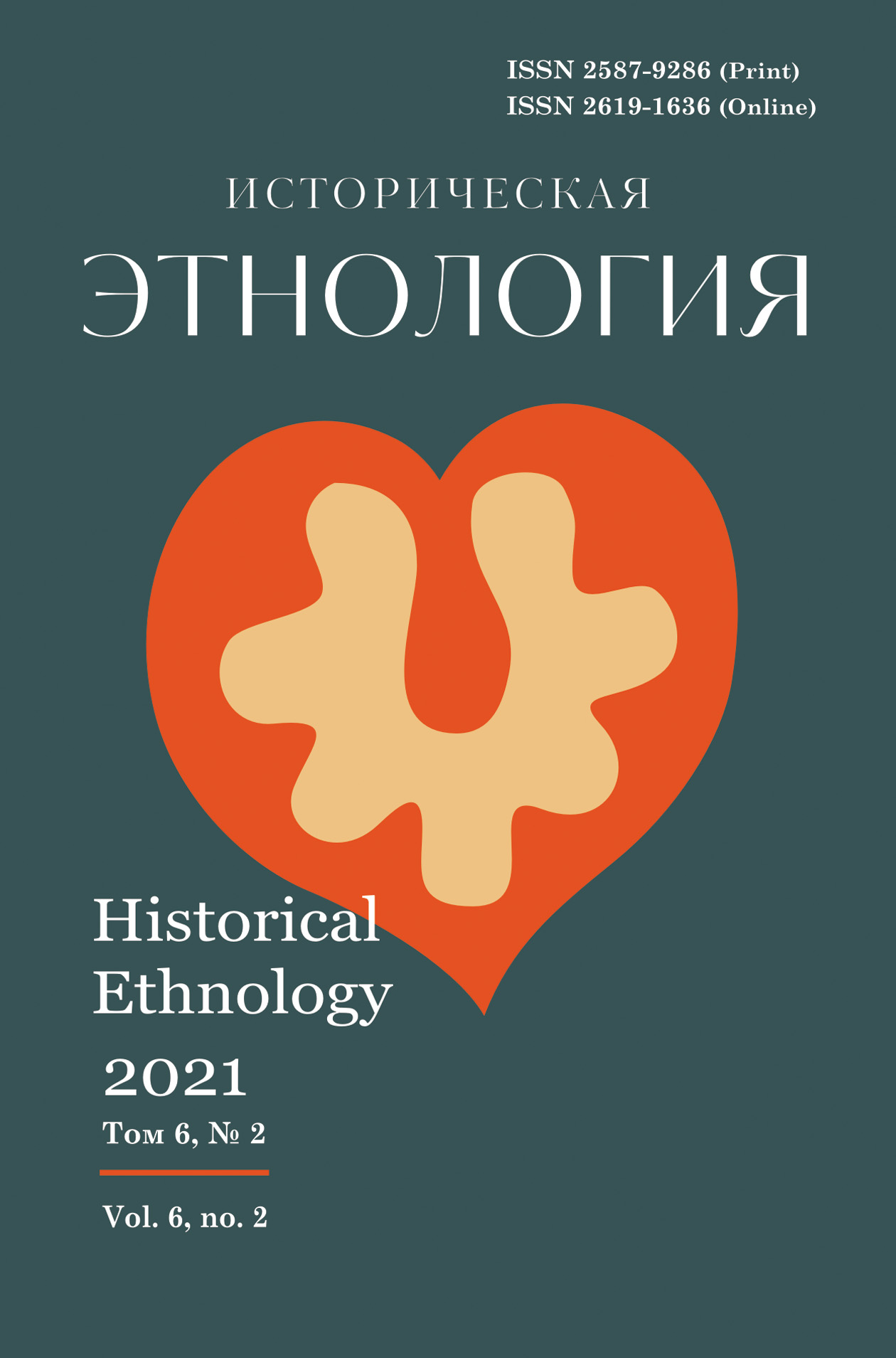
Main menu / 2021, vol.6, no.2 / Salakhova E.K.
Migration processes among Tatars of the Tetyushsky krai: directions, causes and results (the second half of the 16th – early 20th centuries Salakhova E.K.
290–301 p. doi.org: 10.22378/he.2021-6-2.290-301 The presented article sets the tasks to consider the migration conditions and processes among the population of the Tetyushsky Krai, to identify the historical validity of their choice of a particular region for living, to determine the reasons that contribute to the movement of the population. The study of the history of the region in this perspective is being conducted for the first time. In our opinion, this approach to the study of local history is relevant. Ancestral ties in Tatar society have always been strong and representatives of the same family living in different regions maintained close contact and, therefore, kinship ties considerably affected the migration direction. In the course of our research, several directions of migration of the population of the Tetyushsky Territory were identified in different periods of history: after the fall of the Bulgarian state and, subsequently, the Kazan Khanate. The migration of certain clans took place on the territory of the current Spassky district of the Republic of Tatarstan. This movement was quite understandable, since in the memory of the people it was perceived as a movement within their land, their state. It is known that the territory of Volga Bulgaria stretched both in the left and right banks of the Volga River. It should also be noted that natives of the Tetyushsky Region founded some villages in the Almetyevsk and Spassk districts of the Republic of Tatarstan. The lack of arable land contributed to the movement of the population to the Menzelinsk district of the Ufa Province, in search of better conditions for farming. The connection of the inhabitants of the Mountain side with the southern city of Astrakhan is primarily due to its con¬venient geographical location for trade relations, which has been a favorite occupation of the Tatars since the beginning of centuries. Also, the climatic conditions of the southern region saved many in the hunger years in the Volga region. Those who moved from the Middle Volga region, mostly came from the Mountainous side. The study of the historical ties of the Tatars of different regions, migration processes and their directions provides new materials for researching the history of regions and settlements. Keywords: Tetyush, migration, The Bulgarian State, Astrakhan Region, the Tatar people, hunger For citation: Salakhova E.K. Tӓtesh yagy tatarlarynda migracion küreneshlӓr: yünӓleshlӓre, sӓbӓplӓre һӓm nӓticӓlӓre (XVI gasyrnyñ ikenche yartysy – XX gasyr bashy) [Migration processes among Tatars of the Tetyushsky krai: directions, causes and results (the second half of the 16th – early 20th centuries)]. Istoricheskaya etnologiya, 2021, vol. 6, no. 2, pp. 290–301. https://doi.org/10.22378/he.2021-6- 2.290-301
REFERENCES Akhmetzyanov M.I. Rodoslovnaya Alisha [Alish’s Genealogy]. Akhmetzyanov M.I., Sharifullina F.L. Kasimovskie tatary. Kazan, 2010, pp. 11–14. (In Russian) About the author: Elmira K. Salakhova, Cand. Sc. (History), Senior Research Fellow of the Department of History and Cultural Heritage of the Republic of Tatarstan Peoples, Marjani Institute of History of the Tatarstan Academy of Sciences (7A Baturin St., Kazan 420111, Russian Federation); ilsalah@mail.ru
Received September 14, 2021 Accepted for publication November 22, 2021 Published Online November 29, 2021 |
Istoricheskaya etnologiya Historical Ethnology
Scientific journal







